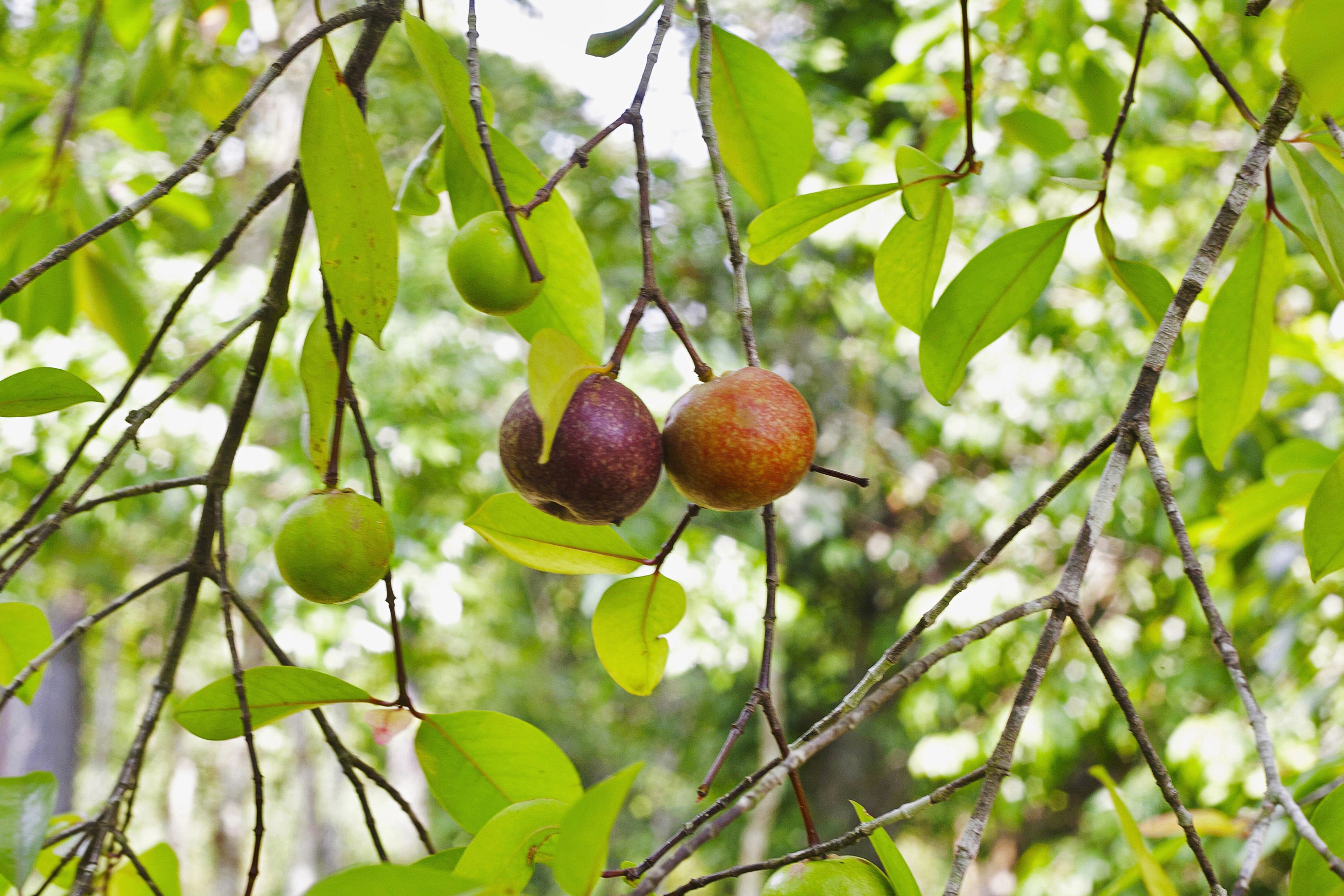Kokum
(Garcinia indica)

Description
Garcinia indica, a plant in the mangosteen family (Clusiaceae), commonly known as kokum, is a fruit-bearing tree that has culinary, pharmaceutical, and industrial uses. The genus Garcinia, belonging to the family Clusiaceae, includes about 200 species found in the Old World tropics, mostly in Asia and Africa. Garcinia indica is an evergreen, monoecious tree. The tree can grow as high as 18 meters. On maturity the trees attain a pyramid shape. The fruit is an orange size purple color berry with fleshy endocarp. The fruit of the plant contain five to eight large seeds which account for 20-23% of the fruit's weight. The kernels account for 61 percent of the weight of the seed, while the oil content of the kernel accounts for about 44%. The seeds are compressed and embedded in an acidic pulp. Garcinia indica is indigenous to the tropical forest regions of India. Of the 35 species found in India, 17 are endemic. Of these, seven are endemic to the Western Ghats, six in the Andaman and Nicobar Islands and four in the northeastern region of India. The kokum variety from the Ratnagiri and Sindhudurg districts from the coastal Konkan region of the state of Maharashtra in India has received the GI (Geographical Indication) tag. Garcinia indica is found in forest lands, riversides and wastelands. These plants prefer evergreen forests, but sometimes they also thrive in areas with relatively low rainfall. It is also cultivated on a small scale. It does not require irrigation, spraying of pesticides or fertilizers.
Taxonomic tree:







